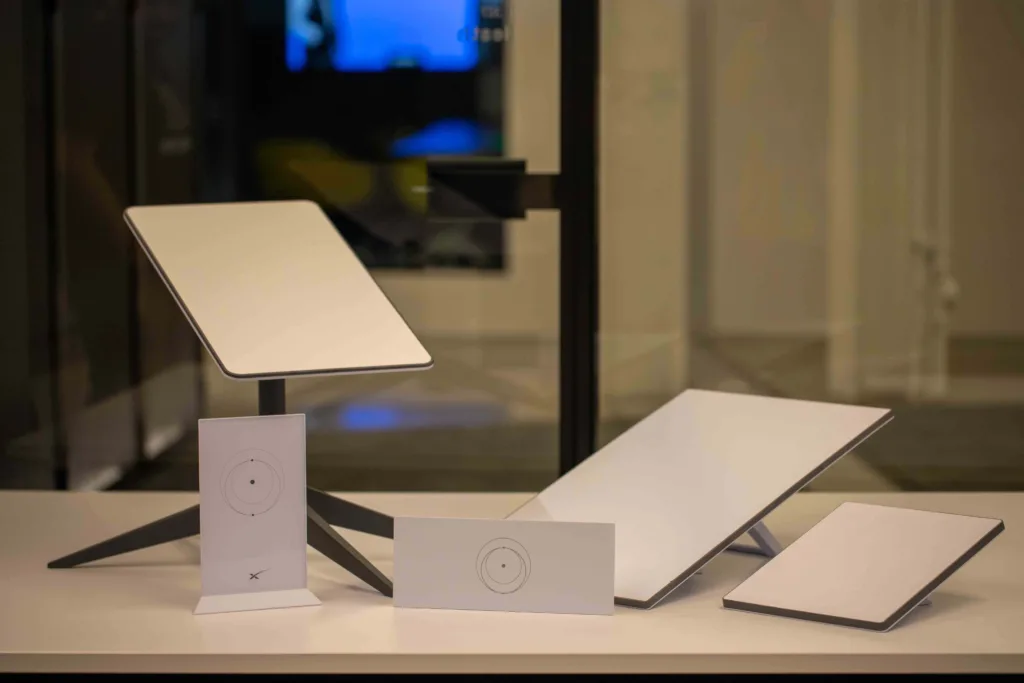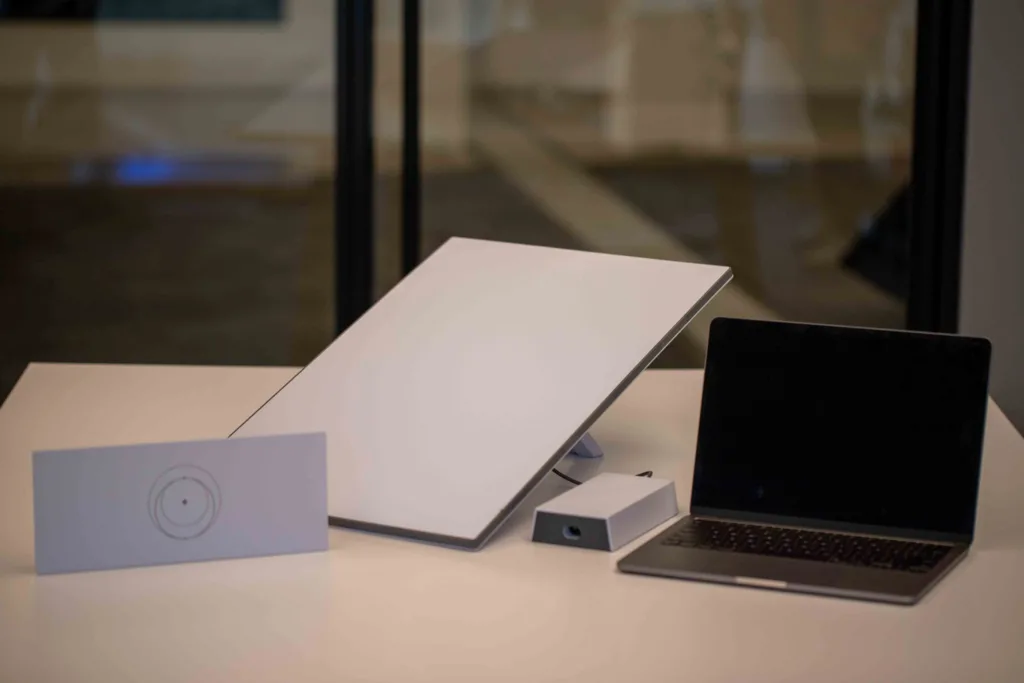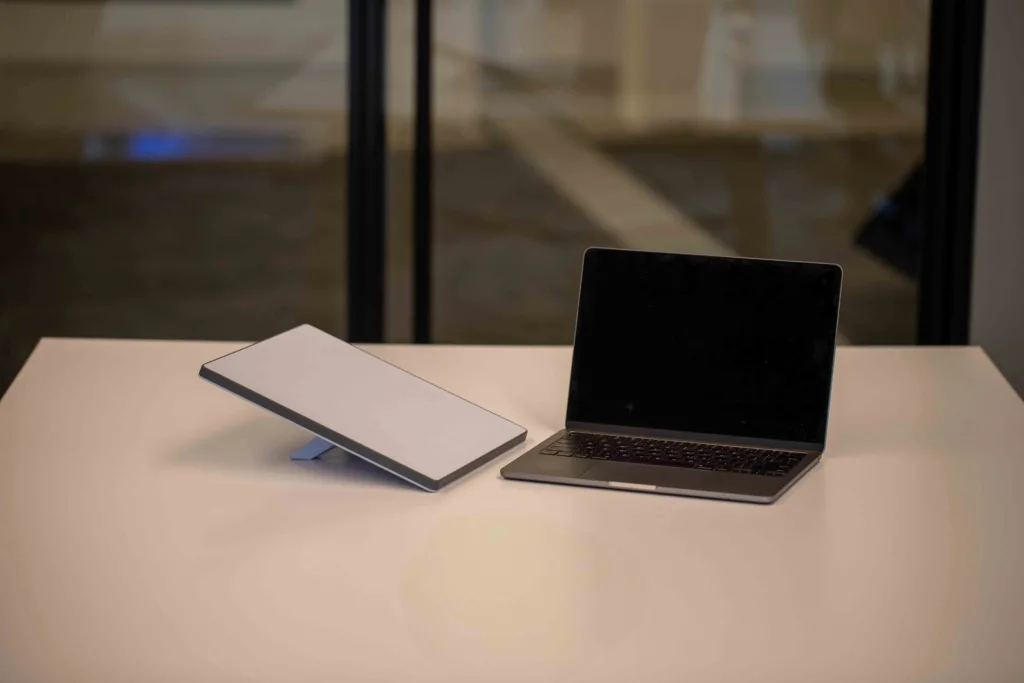The Starlink Mini is the latest version of SpaceX’s satellite internet dish, engineered to be lightweight and used on the go. Released in early 2024, the Starlink Mini is about half the size of the Standard and much lighter. It’s engineered to be as portable as possible, allowing you to easily take it on the go.
The Starlink Standard kit is actually the third iteration of the satellite internet provider’s hardware. It replaced the Standard Actuated kit, going for a more straightforward design that doesn’t require the motorized stand. It is larger and more powerful than the Mini, designed to get faster speeds with stationary use. Starlink Mini is ideal for portability and can be used in motion, but it’s more expensive and not nearly as powerful as the Standard. In this guide, we’ll break down all the key differences between the Starlink Standard and the Starlink Mini.


